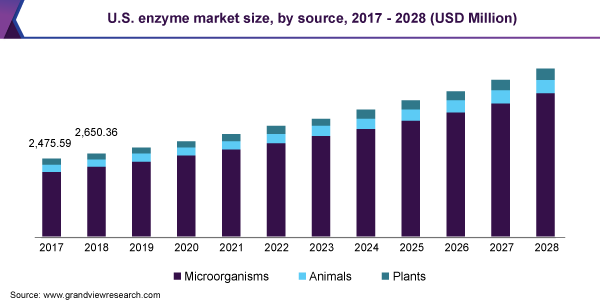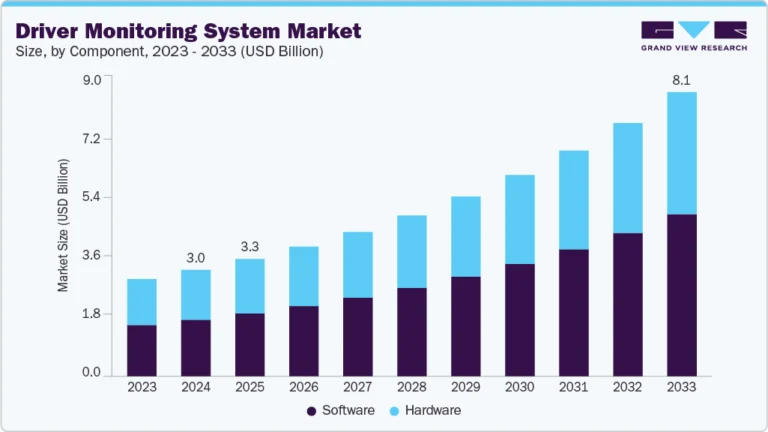Fire Suppression System Market Size, Share & Trends Analysis growing at a CAGR of 5.4% from 2025 to 2033

The global fire suppression system market size was valued at USD 22,038.9 million in 2024 and is projected to reach USD 34,973.6 million by 2033, growing at a CAGR of 5.4% from 2025 to 2033. The market continues to expand steadily, fueled by rising demand from industries such as commercial construction, manufacturing, oil & gas, transportation, and data centers.
Key Market Trends & Insights
- North America dominated the fire suppression system market with the largest revenue share of 36.3% in 2024.
- The fire suppression system market in India is expected to grow at a rapid CAGR of 8.7% from 2025 to 2033.
- By product, the sprinklers segment is expected to grow at a considerable CAGR of 6.5% from 2025 to 2033.
- By application, the residential segment is projected to expand at a significant CAGR of 6.6% from 2025 to 2033.
Market Size & Forecast
- 2024 Market Size: USD 22,038.9 Million
- 2033 Projected Market Size: USD 34,973.6 Million
- CAGR (2025-2033): 5.4%
- North America: Largest market in 2024
- Asia Pacific: Fastest growing market
Request a free sample copy or view report summary: https://www.grandviewresearch.com/industry-analysis/fire-suppression-system-market/request/rs1
The increasing focus on occupant safety, asset protection, and compliance with strict fire safety codes is driving adoption. Businesses and property owners are opting for reliable, advanced suppression systems to minimize downtime and fulfill regulatory requirements. The integration of connected sensors, predictive analytics, and cloud-based monitoring with fire suppression systems enables real-time performance tracking, remote diagnostics, and automated maintenance scheduling-opening new revenue streams for system manufacturers and service providers. Moreover, heightened environmental consciousness and stricter global regulations on greenhouse gases are driving demand for clean-agent suppression systems, such as inert gas and water mist, which ensure effective fire protection while minimizing environmental impact.
Market Concentration & Characteristics
The industry is moderately fragmented, featuring a mix of well-established multinational players and numerous regional or specialized providers. Leading companies such as Johnson Controls, Honeywell International, and Siemens hold significant influence with extensive portfolios spanning commercial, industrial, and residential fire safety solutions. These firms benefit from advanced R&D, a broad geographic footprint, and robust maintenance networks. At the same time, a large presence of local and niche firms-particularly in emerging economies-ensures competitive pricing, customization, and responsiveness to local codes. This diversity prevents complete market consolidation and supports innovation, service specialization, and tailored offerings across regions. Ongoing public and private investments in modern infrastructure and occupational safety continue to shape the sector’s competitiveness and value proposition.
Mergers and acquisitions activity is on the rise as leading players seek to broaden regional coverage, expand technology portfolios, and add specialized service capabilities. Large firms actively acquire niche technology providers and local installers to bolster competitive positions and capture growth in emerging and technically demanding markets. These transactions support accelerated product rollouts and access to new customer segments.
Regulation remains a defining force in the market. National and international building codes, insurance requirements, and safety standards such as NFPA, EN, and ISO are key drivers of system upgrades, product innovation, and market entry strategies. Compliance pressures push companies to adopt advanced detection technologies, cleaner suppression agents, and improved reporting and performance auditing tools. Supportive public policies and incentives for life safety investments, coupled with stricter enforcement and inspection practices, are accelerating the shift toward more reliable, automated, and sustainable fire suppression solutions worldwide.






